Technology Category
- Functional Applications - Fleet Management Systems (FMS)
Applicable Industries
- Buildings
- Transportation
Applicable Functions
- Logistics & Transportation
Use Cases
- Fleet Management
- Transportation Simulation
About The Customer
The customer in this case study is a multinational tech giant with offices in Sunnyvale and Mountain View, California, and Waterloo, Canada. The company was looking for a way to simplify commuting for its employees and reduce the use of single-occupancy vehicles near its offices. The company is committed to providing efficient and convenient transportation for its employees, and contracted with Via to launch an on-demand, microtransit pilot offering free shared rides to employees at its California campuses. The service was later expanded to the company's Waterloo campus.
The Challenge
A multinational tech giant was seeking a solution to simplify commuting for its employees and reduce the use of single-occupancy vehicles (SOVs) near its offices. The company, with campuses in Sunnyvale and Mountain View, California, and Waterloo, Canada, wanted to sponsor an employee shuttle that would provide efficient and convenient transportation for its employees. The challenge was to design a system that would be able to efficiently transport employees to and from the offices, while also reducing the number of SOVs. The company contracted with Via in December 2019 to launch an on-demand, microtransit pilot offering free shared rides to employees at its California campuses, and later expanded the service to its Waterloo campus in October 2021.
The Solution
Via's solution to the tech giant's challenge was to optimize routing efficiency in two ways. Firstly, the service was designed so that employees who live within 10 miles of the office could request a ride in the app. This allowed for a modest fleet size to efficiently transport employees to and from the offices. Secondly, Via's algorithm prioritized curb-to-curb, rather than door-to-door, pickups and dropoffs to avoid long detours. The first launch in Silicon Valley saw immediate success, with 595 employees taking 7,537 rides within three months. The service also cut SOV commuting to the Sunnyvale office by 13%, according to a Mineta Transportation Institute study. The Waterloo service is also gaining momentum, with 15,000 rides served in the first eight months and approximately 92% of trip requests in Q2 of 2022 resulting in completed rides. A second expansion in Canada is in the works.
Operational Impact
Quantitative Benefit

Case Study missing?
Start adding your own!
Register with your work email and create a new case study profile for your business.
Related Case Studies.
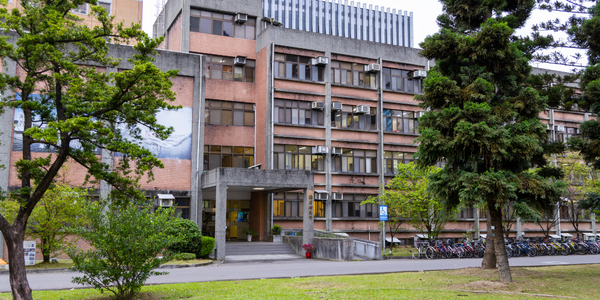
Case Study
Energy Saving & Power Monitoring System
Recently a university in Taiwan was experiencing dramatic power usage increases due to its growing number of campus buildings and students. Aiming to analyze their power consumption and increase their power efficiency across 52 buildings, the university wanted to build a power management system utilizing web-based hardware and software. With these goals in mind, they contacted Advantech to help them develop their system and provide them with the means to save energy in the years to come.
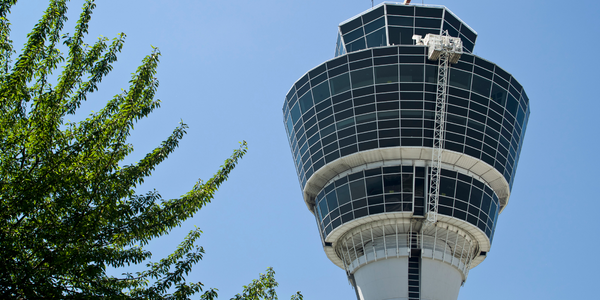
Case Study
Airport SCADA Systems Improve Service Levels
Modern airports are one of the busiest environments on Earth and rely on process automation equipment to ensure service operators achieve their KPIs. Increasingly airport SCADA systems are being used to control all aspects of the operation and associated facilities. This is because unplanned system downtime can cost dearly, both in terms of reduced revenues and the associated loss of customer satisfaction due to inevitable travel inconvenience and disruption.
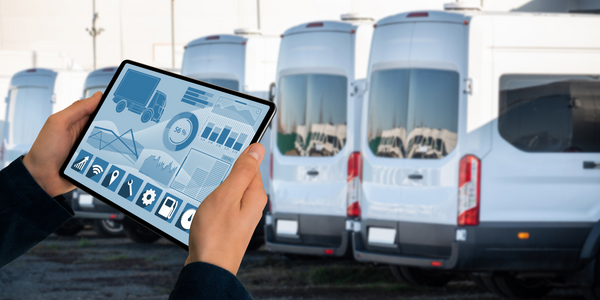
Case Study
IoT-based Fleet Intelligence Innovation
Speed to market is precious for DRVR, a rapidly growing start-up company. With a business model dependent on reliable mobile data, managers were spending their lives trying to negotiate data roaming deals with mobile network operators in different countries. And, even then, service quality was a constant concern.
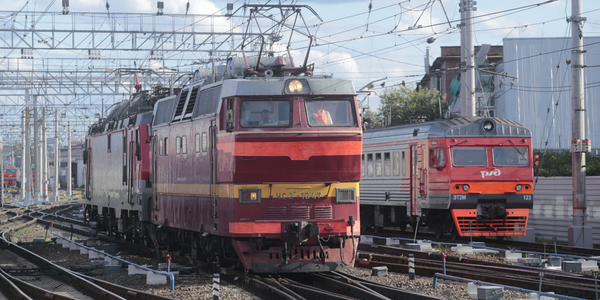
Case Study
Digitize Railway with Deutsche Bahn
To reduce maintenance costs and delay-causing failures for Deutsche Bahn. They need manual measurements by a position measurement system based on custom-made MEMS sensor clusters, which allow autonomous and continuous monitoring with wireless data transmission and long battery. They were looking for data pre-processing solution in the sensor and machine learning algorithms in the cloud so as to detect critical wear.
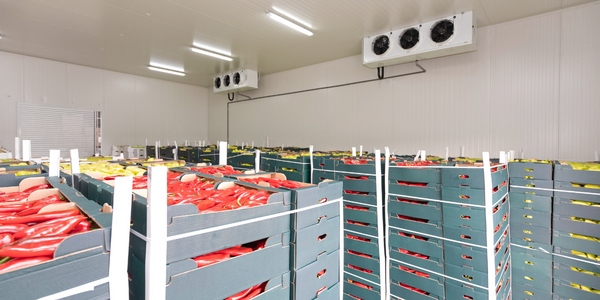
Case Study
Cold Chain Transportation and Refrigerated Fleet Management System
1) Create a digital connected transportation solution to retrofit cold chain trailers with real-time tracking and controls. 2) Prevent multi-million dollar losses due to theft or spoilage. 3) Deliver a digital chain-of-custody solution for door to door load monitoring and security. 4) Provide a trusted multi-fleet solution in a single application with granular data and access controls.

Case Study
Intelligent Building Automation System and Energy Saving Solution
One of the most difficult problems facing the world is conserving energy in buildings. However, it is not easy to have a cost-effective solution to reduce energy usage in a building. One solution for saving energy is to implement an intelligent building automation system (BAS) which can be controlled according to its schedule. In Indonesia a large university with a five floor building and 22 classrooms wanted to save the amount of energy being used.







